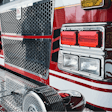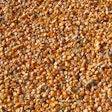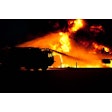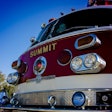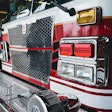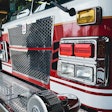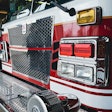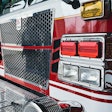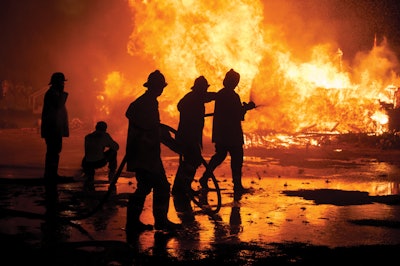
DustEx Research Ltd. is the world’s first global tracking platform for dust fires and explosions.
The goal of DustEx Research, according to Dr. Chris Cloney, its managing director, is to see a year with zero fatalities from dust explosions by 2038.How will that be achieved? By building a connected global community to increase awareness, share knowledge and advocate change in industries handling combustible dust, says Cloney.
“How are we going to measure our results?” he asks. “By building the world’s first global tracking platform for dust fires and explosions.”
Hence, DustEx Research. The company recently released its latest report, the 2018 Combustible Dust Incident Report. Here are some highlights.
Incident data overview
Unfortunately, 2018 was not a year with zero fatalities. Data suggests there may be an average of 25 to 35 dust explosions per year in the United States resulting in 30 to 45 injuries and two to eight fatalities. Of course, not all of these are in the agricultural industry.
For the ag industry, from 2006 to 2017, there were 8.9 explosions on average/year, 9.6 injuries on average/year and 1.3 fatalities on average/year. These numbers are down from 1980 to 2005 numbers, which had 14.6 explosions/year, 17.2 injuries/year and 2.9 fatalities/year, respectively.
Looking at the 2018 global data, 94% of the fatalities occurred due to explosions. Of the injuries, 84% occurred from explosions while 16% were from fires.
In North America, the trend for facility damages was reversed. Out of the 13 incidents with a reported loss of $1 million and above, 11 were from fires and 2 were from explosions.
Materials Involved
In reviewing the global incident data, wood and food products made up an average of 70% of the materials involved in combustible dust fires and explosions. Food products include grain, flour, barley, canola, sunflower, pecan, cocoa, spices, cereals, fishmeal and milk powder.
At the mid-year, the total number of incidents involving wood was almost equal to those involving food products. By the end of the year, however, incidents involving food products had tripled while those involving wood products only doubled.
This suggests that incidents involving food products tend to occur more frequently later in the year, potentially coinciding with harvest season.
Equipment & Causes
Dust collection equipment has the largest percentage of combustible dust incidents with an average of 23% since 2016.
This value is less than the historic data from the CSB, however, which suggested up to 40%.
Dust collectors also make up a smaller proportion of the recorded dust explosions than seen in other equipment although the number of injuries is high.
The number of fatalities in dust collector incidents are lower than other types of equipment such as storage silos, elevators and conveying equipment.
The breakdown between fires, explosions, injuries and fatalities in 2018 for different equipment is summarized in the chart at the top of this page.
For more information, visit DustSafetyScience.com. ■
DustSafetyScience.com
To learn more about dust explosions and fatalities, DustEx Research offers its website: DustSafetyScience.com.
The website has 500+ recorded incidents and has recently launched a weekly podcast where principals interview experts to figure out what challenges the community is facing. Over 50 episodes have been released with more than 6,000 downloads.
5 Steps to Prevent Dust Explosions
-
Implement a hazardous dust inspection, testing, housekeeping and control program.\
-
Use proper dust collection systems.
-
Regularly inspect for dust residues in open and hidden areas.
-
If ignition sources are present, use cleaning methods that do not generate dust clouds.
-
Control smoking, open flames and sparks, including mechanical sparks and friction.
Information provided by OSHA.




